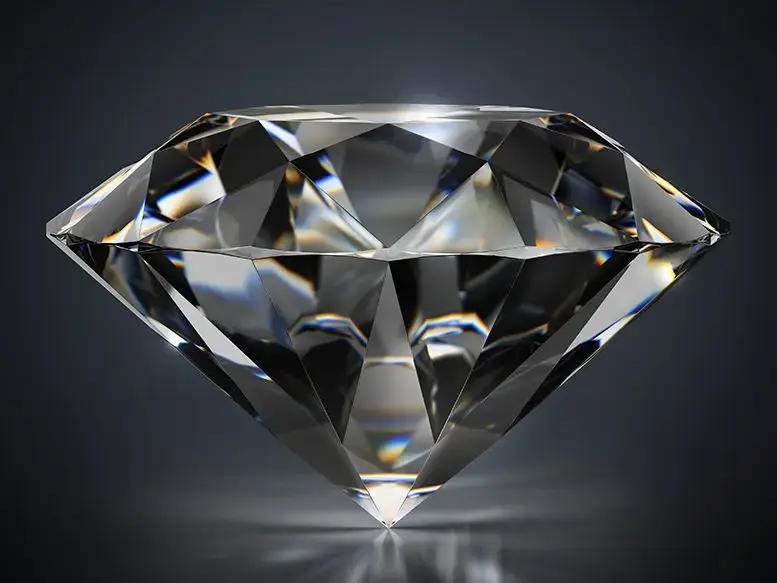Table of Contents
Introduction
Diamonds are universally recognized as the king of all gemstones.
With its cubic crystal structure, diamond possesses the highest hardness of any natural material on Earth, contributing to its immense value.
Beyond its unparalleled hardness, the beauty and rarity of diamonds are further enhanced by their brilliance and vibrant rainbow-like appearance.
In the current Taiwanese market, diamonds are among the most beloved gemstones, with many consumers associating diamonds with the “eternity” of love, making diamond rings the most popular choice for engagement tokens.
Diamond
- Crystal system: equiaxed crystal system
- Hardness: 10
- Specific gravity: 3.52
- Luster: diamond luster
- Transparency: Transparent to opaque
- Color: green, white, red, purple, blue, yellow, black, orange, colorless
- Refractive index: 2.417
- Birefringence: None
- Fluorescence: None to yellow, blue-white
- Cleavage: Cleavage developed
- Characteristics: high thermal conductivity, high hardness, medium to high dispersion
Commercial Value of Diamond
The 4C grading system for diamonds is not only crucial for determining a diamond’s quality and value but is also widely used to assess gemstone grades.
- Color
- In gemology, “color grade” refers to the degree of yellow tint in a diamond, with lighter yellow hues indicating higher quality.
- White diamonds dominate the market, although most white diamonds have some degree of yellow tint. The deeper the yellow tint, the lower the diamond’s grade.
- If a diamond’s yellow color is sufficiently deep and vivid, exceeding the Z color grade, it is classified as a fancy yellow diamond.
- Carat
- Carat is the unit of measurement for a gemstone’s weight, with 1 carat equaling 0.2 grams. A carat can be divided into 100 points, where 1 point equals 0.01 carat.
- While the value of any gemstone increases with size, diamonds over 5 carats typically do not follow a standardized price per carat.
- Clarity
- Clarity refers to the visibility of inclusions or blemishes in a diamond.
- The Gemological Institute of America (GIA) classifies diamond clarity into six grades: FL (Flawless inside and out), IF (Internally Flawless), VVS (Very Very Slightly Included), VS (Very Slightly Included), SI (Slightly Included), I (Included noticeably flawed).
- Cutting
- Shape refers to the external outline of the diamond, with round brilliant cuts being the most common. Other shapes include marquise, oval, pear, heart, and rectangular shapes like emerald cuts.
- Cutting Style refers to the cutting angles and the number of facets. Common styles include: Brilliant cut (a cut with multiple facets for maximum brilliance), Step cut (as seen in the emerald cut, with rectangular facets), Millennium cut, Mixed cut (where the crown and pavilion have different cutting styles).
- Hearts & Arrows (Cupid Cut): A specific cutting style where the diamond, when viewed from the front, displays eight arrows, and when viewed from the back, reveals eight hearts, indicating perfect symmetry.

